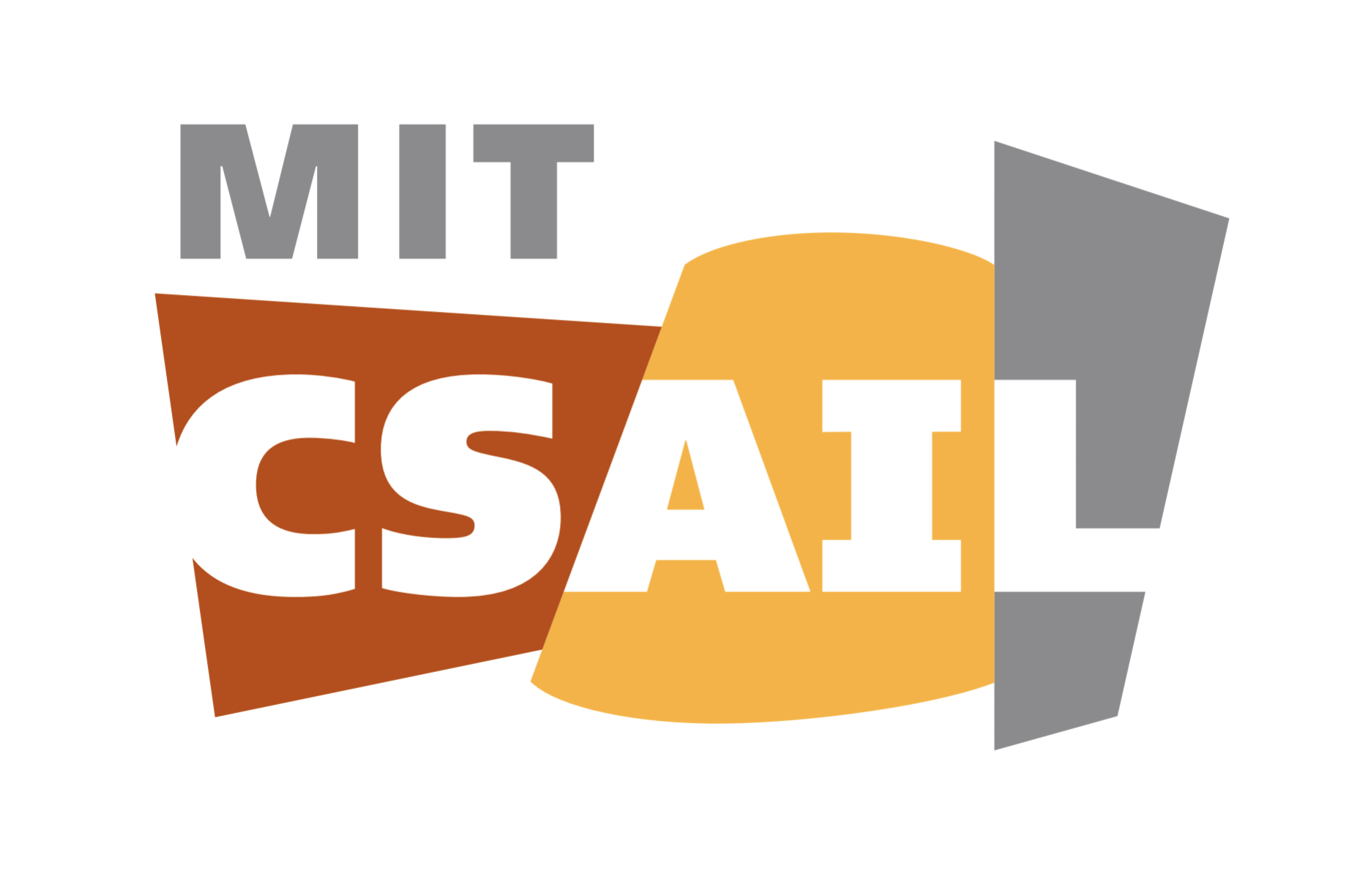When Canadian-born architect Frank Gehry put together the Ray and Maria Stata center, his (self-described) building that looked like a “party of drunken robots” defied the more generally accepted likeness of scientific laboratories.
This is why MIT’s Computer Science and Artificial Intelligence Laboratory’s (CSAIL) new logo, like the previous one, was derived from Stata’s interplay of polygons, angles, volumes, colors, and materials, mixed together for a network of dreamers. The logo is a reformulation of the existing building’s representation, with shades of brick red, glossy yellow and metallic gray that are carefully balanced and instantly recognizable. As a digital embodiment of CSAIL’s core values around imagining the impossible, it symbolizes an organization not tethered to dogma or convention.
Over the past fifty years, research from the lab has rendered fundamental contributions in how humans interact with computational machines, with everything from the World Wide Web, to the spreadsheet, and RSA encryption. For years, CSAIL researchers have been harbingers of change across sectors related to AI for healthcare, computing infrastructure, and robust modeling for massive datasets, and this unifying image in front of that conveys CSAIL’s shared purpose of enhancing the potential for discovery and invention.
“CSAIL is home to decades of research devoted to innovating how we compute, collaborate, and create, and it’s integral that our outward facing image captures the passionate, whimsical, and effervescent pulse of our community,” says Daniela Rus, the Andrew (1956) and Erna Viterbi Professor of Electrical Engineering and Computer Science and Director of CSAIL.
